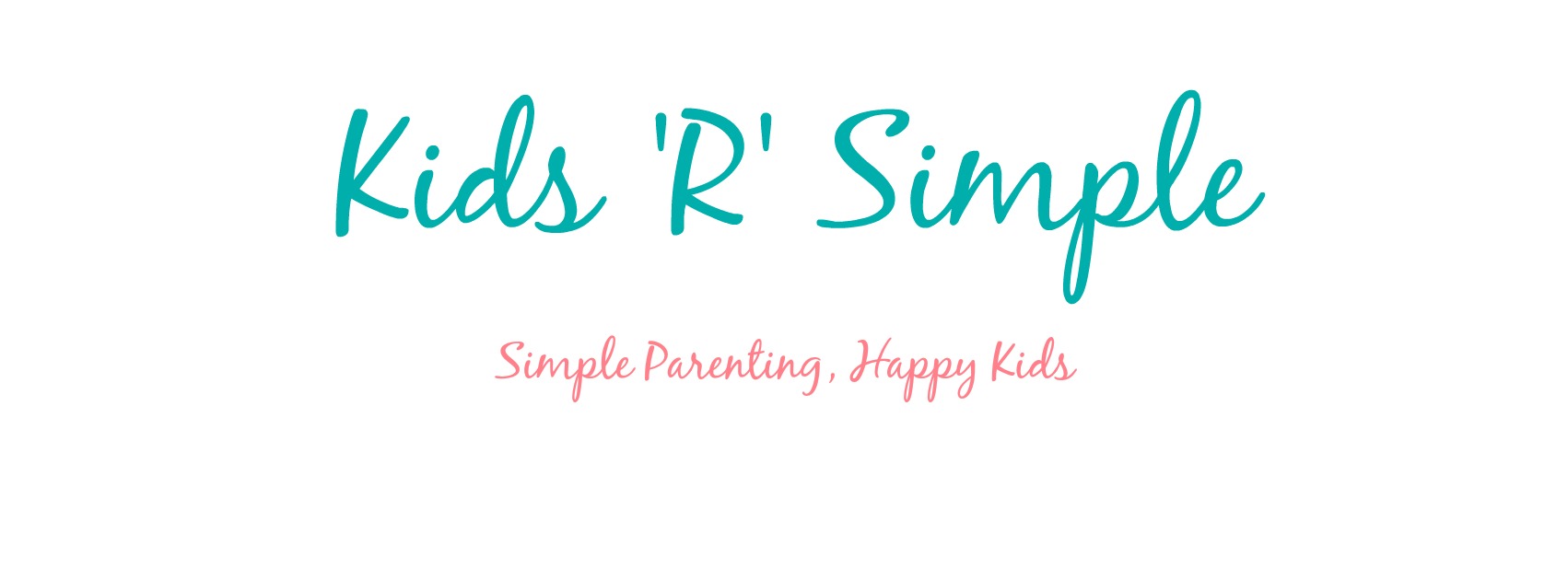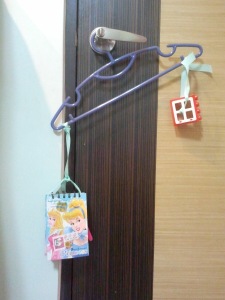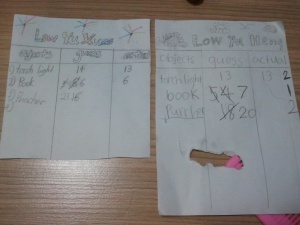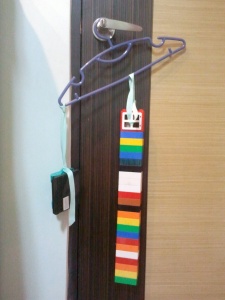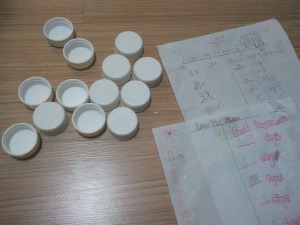
My girl has started on learning “Division” in school and I know it is not easy for her to grasp it as a new topic. Yet, this concept is in everyday life and she just doesn’t know it’s called “Division”.
If you had read my earlier post “Learning Math – Mass using Lego blocks“, you would have known that I have been trying out simple Math concepts for my 2 kids using Sarah’s (from Frugal Fun for Boys) method that she uses for home-schooling.
First we start with some bottle caps (we had 12 of them). Then, I asked XX and YH to draw on a piece of paper each with 2 columns as the following:
1st column: Numbers 1 -12 – This is the number of bottle caps that we used in all.
2nd column: “Each person has caps.” This is to write down after dividing the bottle caps between the 2 kids, how many bottle caps does each person has.
Again, my kids love the decorating part for their papers but this time round, they spent lesser time on it.
So, the games goes – I started with 1 cap and ask them:
Question 1 – “Is 1 an even or odd number?”
Question 2 – “Can it be divided equally between 2 persons (XX and YH)?” If their answer is “Yes”, they put a tick beside the number 1 on their paper, otherwise, they put a cross.
Question 3 – “How many bottle caps will each person get?” And here they have to write down the answer in the 2nd column. (XX actually answered yes in Question 2 and her answer for this part is each person will get “half” the cap, haha, it is not wrong even though that’s not the answer I am looking for. Clever girl!)
And the game goes on with 2 bottle caps all the way to 12 bottle caps.
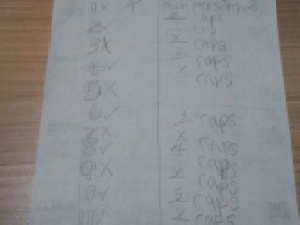
Even before the end of the game, they began to see an “AB” patterning but still does not know how “Division” concept comes in here. That’s when I had to explain to them that by doing this activity, we are learning on “Division”. This is simple division of 2. As XX already understand multiplication, I wrote down the number sentences for 2 x 4 = 8 vs 8 bottle caps divided into 2 persons, i.e. 8 ÷ 2 = 4. After writing a few more examples, she began to understand the relation between multiplication and division. As for my boy, it is a little more challenging to understand the big word “DIVISION”, but he could grasp the concept of dividing bottle caps equally. Also, he understood more on what is odd and even numbers.
XX and YH had fun playing this activity while their baby brother YT was reading and playing with bottle caps by the side 🙂
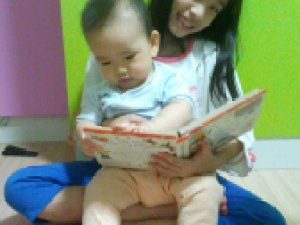
Do you have simple and fun learning for Math or other subjects? Share with me! I would love to hear new ideas to play at home!
